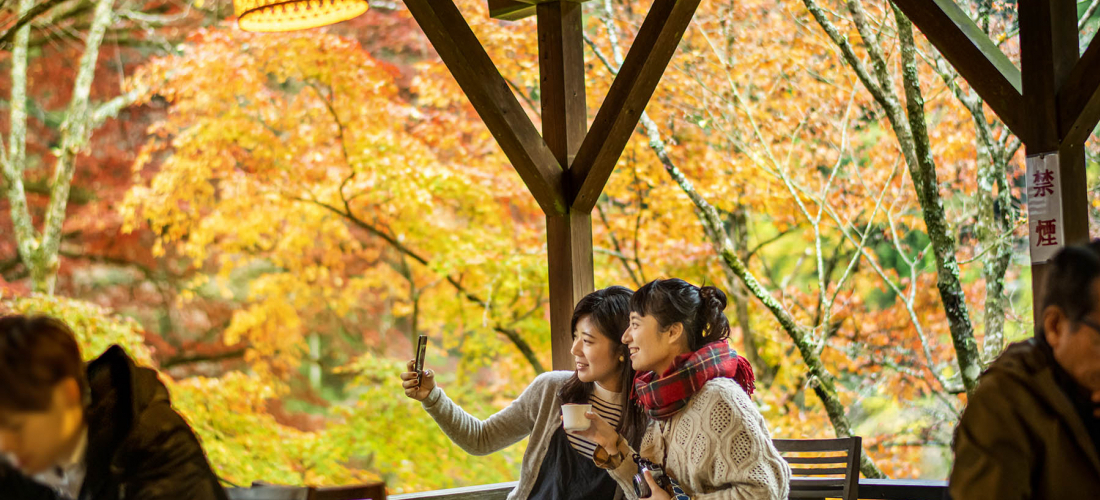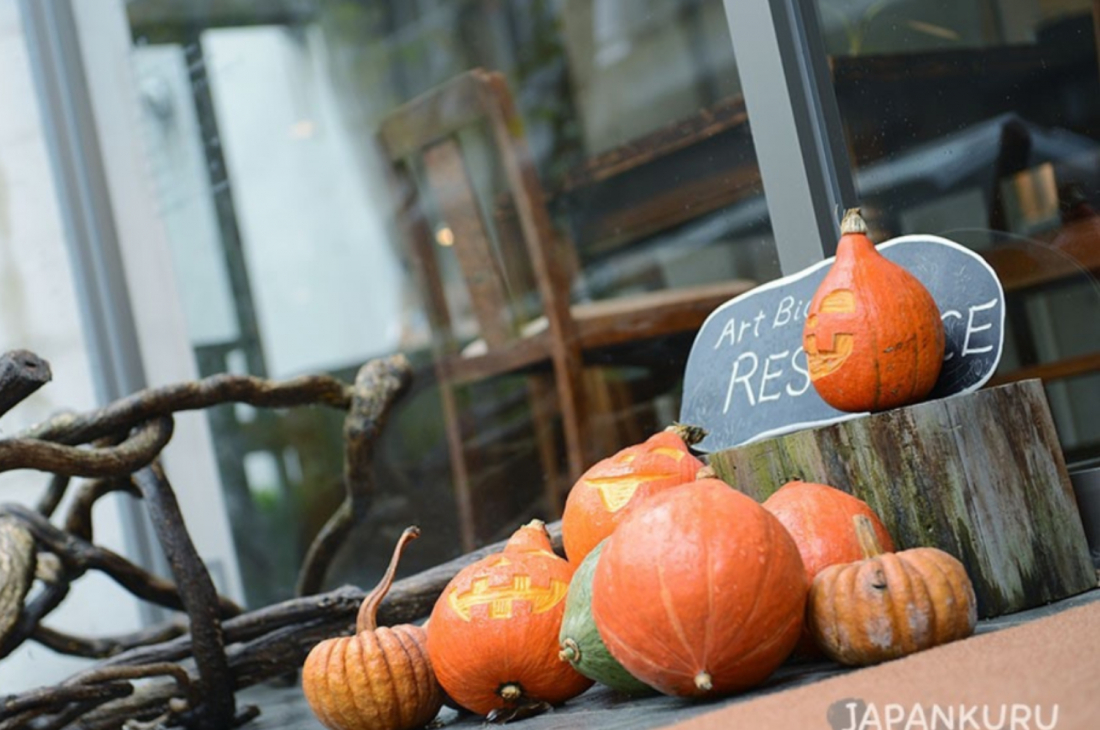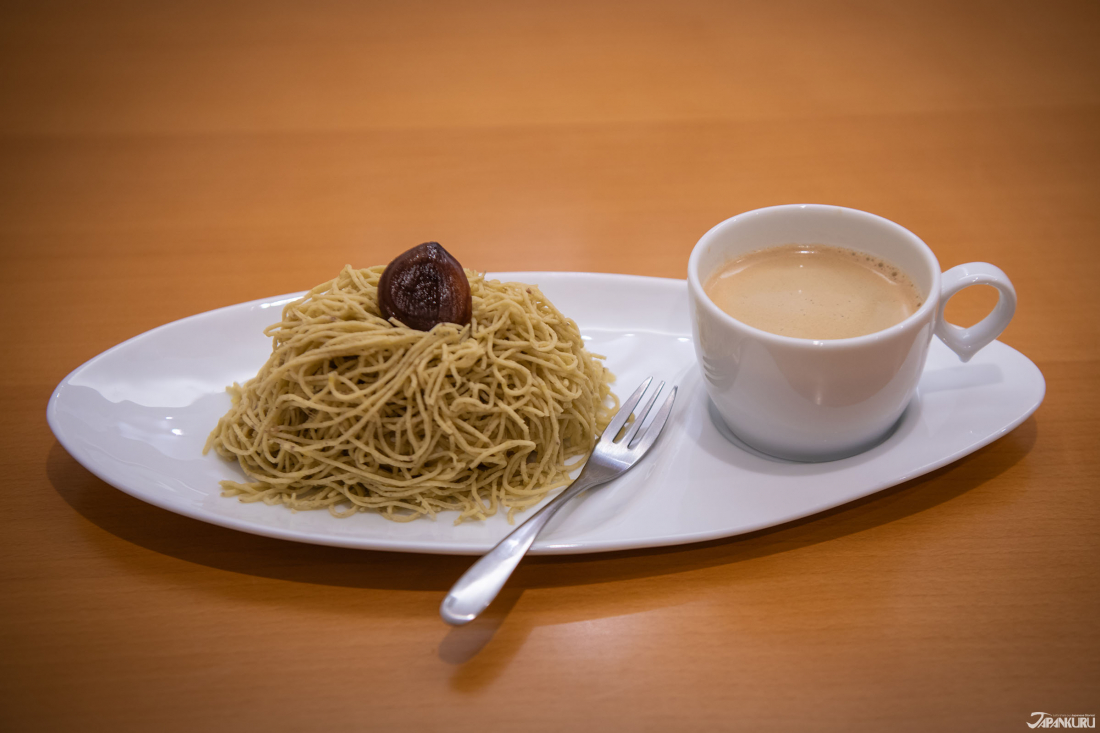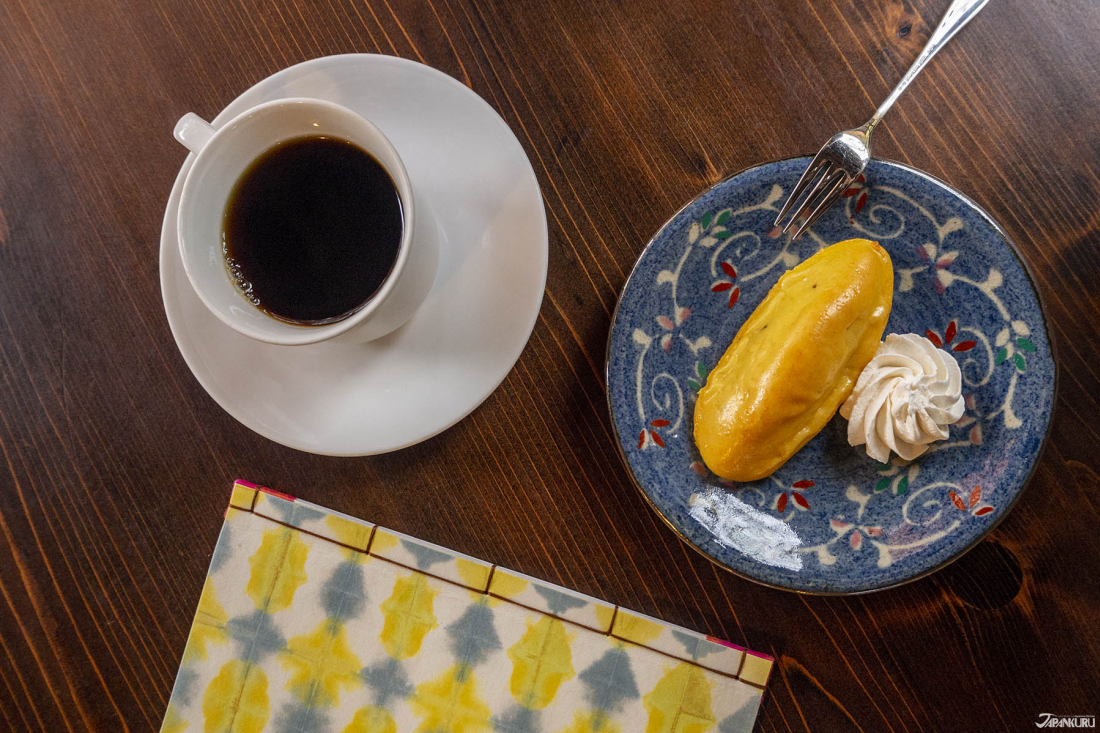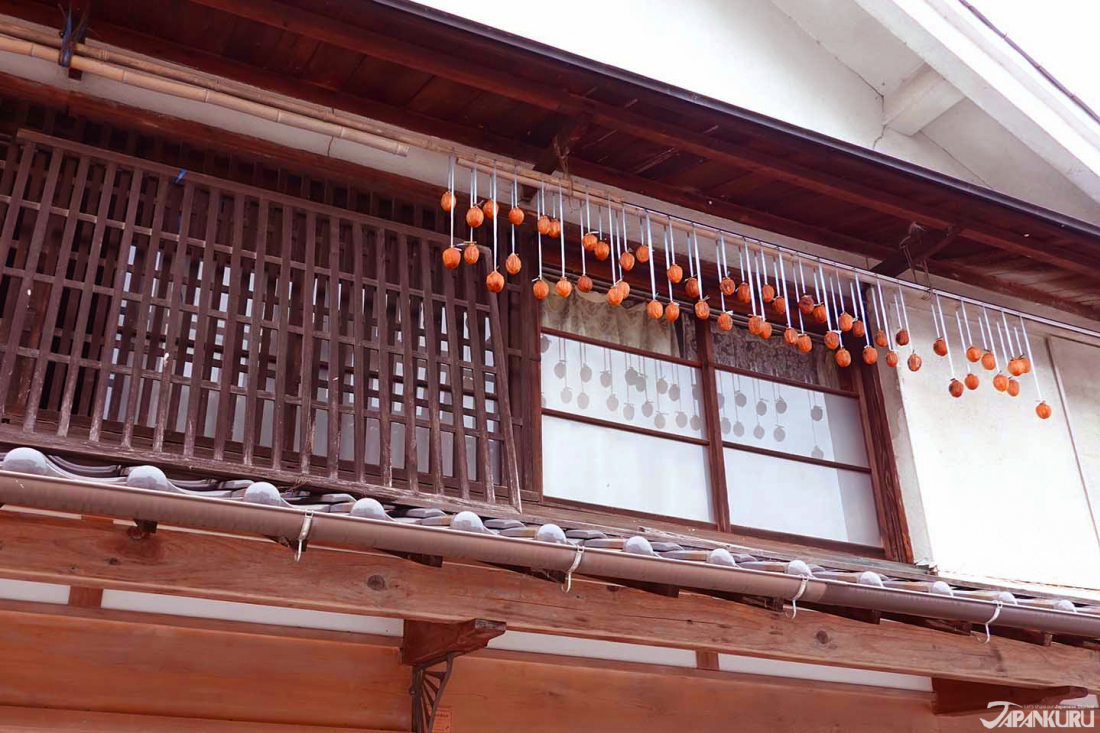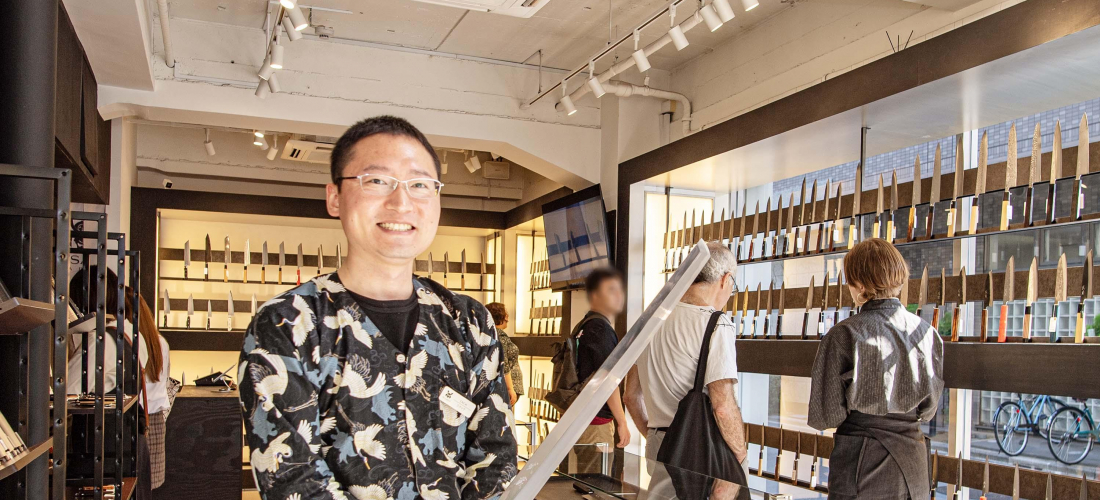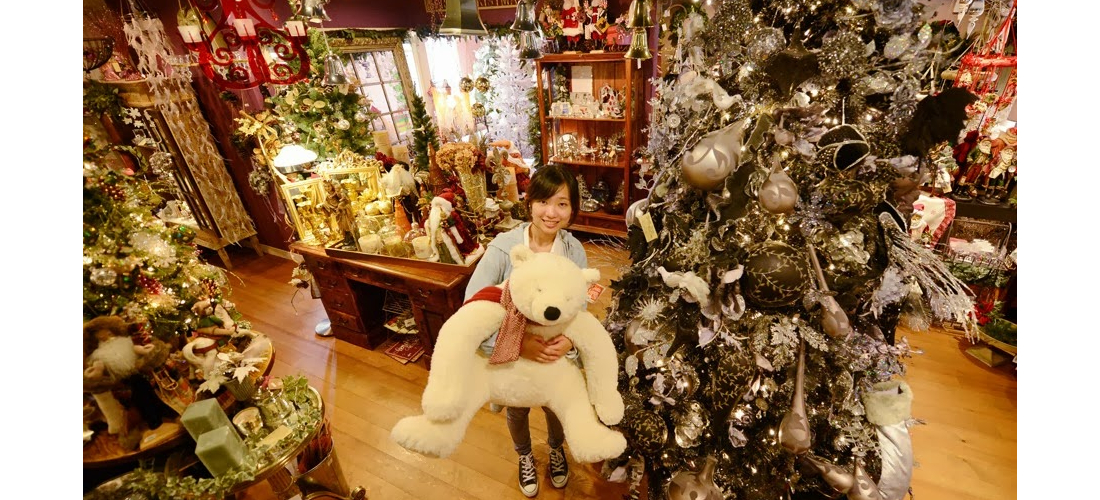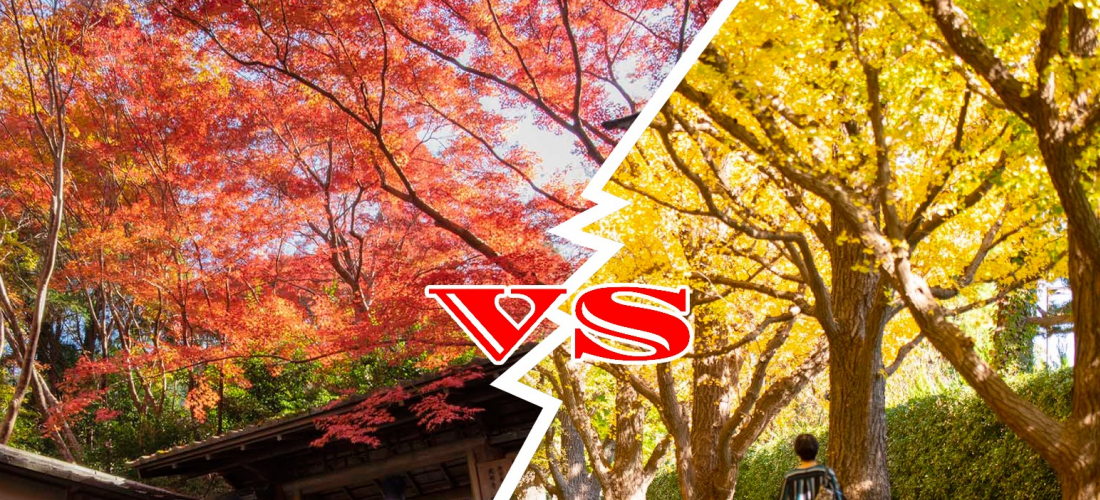CONTENTS
Ingredients might be available year-round, but seasonal foods and culinary traditions are still a way of life in Japan.
Fall Flavors in Japan
If you've spent much time in Japan, you might have noticed the importance of the "shiki" (四季/the four seasons) in Japanese culture, and all the traditions that come and go with the changing of the seasons. Enjoying the beauty of spring cherry blossoms and the color of the fall leaves are fun ways to join in on the seasonal fun, but food plays a big role in celebrating the beauty of every part of the year, so seasonal ingredients and recipes are a great way for food lovers to dive deep into this delicious part of Japanese culture! Seasonal ingredients can be found all over the place, on the menus of both upscale dining establishments and family restaurants, added as flavor powder on potato chips or a filling in cheap chocolates, and of course in the traditional Japanese recipes cooked at home and offered in shops. Here are a few of the flavors you can expect to see each fall!
Pumpkin
Pumpkins are a symbol of fall all over the world, from the brilliantly orange jack-o-lanterns decorating American doorsteps on Halloween, to the mottled green gourds that chefs across Japan turn into spectacular soups, snacks, and desserts as well. Chunks of the sweet Japanese pumpkin, with its green skin and orange flesh, are often stewed in savory broths, or sliced thin and deep fried under a coat of simple batter to create addictively crunchy pumpkin tempura, often dipped in ponzu sauce. Pumpkin is often used as a sweet flavor in Japan, too, adding its distinctive taste to cakes, cookies, traditional Japanese wagashi, and just about anything else. Don't buy any Japanese pumpkin desserts expecting pumpkin spice, though! These sweets really taste like pumpkin, without any notes of cinnamon or nutmeg.
▷ Enjoy it at home! Early fall is still quite warm in Japan, making it the perfect time of year to enjoy these delightfully orange pumpkin somen noodles from Grape (a part of a pretty multicolored noodle set). Somen are generally served chilled during the warmer months of the year, so these pumpkin ones are perfect for days when fall is in the air, but the weather isn't quite cooperating yet. After the meal, Halloween motifs have become popular in Japan in recent years, leading to cute products like this Halloween tea set with its kawaii jack-o-lantern tea bag – filled of course with real pumpkin hojicha (roasted green tea). Sweet tooths can even pick up this Halloween sugar cube pack with a pumpkin sugar cube to add to the tea!
Sanma (Pacific Saury)
Referred to variously as Pacific saury, mackerel pike, or sanma, this long, thin, and silvery little fish is a delicacy throughout east Asia, although Japan has been known to take the lion's share of each year's catch. Even the least cooking-proficient Japanese speaker can tell you that sanma is a fall fish, however, thanks to the name. In Japanese, sanma can be written as "秋刀魚," using the kanji for "autumn knife fish." The "knife" refers to the silvery blade-like form of the fish, which would fit right in on the shelves of one of Japan's popular cooking knife stores. The "autumn" refers to the season when sanma are caught, brought to market in huge numbers, then grilled simply and served on a long plate alongside a bowl of rice, miso soup, and Japanese-style pickles – the epitome of minimalist Japanese cuisine!
▷ Enjoy it at home! Try finding sanma at a local market (or a similar fish that can be grilled and eaten whole), and serving it up on an elegant traditionally rectangular plate like this one from Maruhiro to recreate the experience found in Japanese homes throughout the fall. You can even pick up matching bowls for rice and soup! And if these knife-like fish have you thinking you might need a fancy new Japanese knife, check out the selection at Jikko.
Chestnut
Those of us who grew up in Western English-speaking countries often associate chestnuts with Christmas, making them something of a winter treat, if you eat them at all. But in Japan, chesnuts and chestnut-based sweets start to show up as soon as the summer heat starts to cool, and those tasty treats stick around throughout the coldest months of the year. Chestnuts are actually part of Japan's traditional New Year's food traditions, making it into the "osechi" bento boxes eaten during the first days of the new year. Usually, the chestnuts found in osechi come in the form of "kuri-kinton" (栗金団), a dish where sweetened chestnuts are embedded in a layer of sugary sweet potato paste. These days, however, the Japanese autumn often brings a rush of "Mont Blanc" pastries: a mound of noodly chestnut paste and whipped cream originally from Italy. There are plenty of Frenchified "marron" sweets around to boot.
▷ Enjoy it at home! For a traditional taste of kuri-kinton, don't miss the offerings available during the early fall from Irodori, which come in box sets that quickly sell out each year. Or try some of the chestnut sweets from Nakamura Tokichi, which mix traditional Japanese flavors with a little European inspiration. Their kuri-kinton jellies and little financier cakes made with hojicha tea and whole chestnuts just scream fall!
Sweet Potato
Harvested starting in the late summer, and eaten throughout the colder months of the year, Japanese sweet potatoes are a bright yellow on the inside, a color set off by the thin layer of ruddy maroon skin covering the outside. In Japan, the most popular way of eating sweet potatoes is simply to roast them in their skins, and when the weather starts to turn, baked sweet potatoes are sold warm all over the place: at supermarkets, sometimes at convenience stores, and frequently from the back of food trucks where the potatoes are roasted in ovens full of pebbles, as they slowly drive through the streets like ice cream trucks blaring out the words "iiiishi-yaaaaki imoooo" (stoooone-rooooasted potatooooes!) on repeat.
Japan has a love for sweet potatoes with such high sugar content that the roast tuber basically starts to turn into candy inside and leaks sweet potato syrup, which justifies the lack of other flavors! But sweet potatoes are prepared in other ways as well, sometimes as savory dishes like tempura, sometimes as sugary sweet potato tarts and cakes, and sometimes as snacks like "daigaku-imo" (大学芋), where sweet potatoes are cooked in a light soy sauce glaze, and then dusted with black sesame seeds.
▷ Enjoy it at home! Japanese sweet potato dishes can mostly be replicated with the slightly different kinds of sweet potato found overseas. (There's no reason why you can't, for example, try making tempura with the orange sweet potatoes commonly found in North America!) But different sweet potato varieties tend to taste a little bit different, so you can always order yourself some Japanese-style "imo-kenpi" (芋けんぴ) sweet potato chips to find out just what you're missing out on! And if you fall in love with the lovely red skin and yellow flesh of the Japanese sweet potato, we recommend picking up your own sweet potato notebook, made accordion-style like a goshuincho!
Persimmon
Bright orange and rich in vitamins and fiber, persimmons seem ripe for exploitation as a trendy health food, but the fruit is no passing trend in Japan, where it's called "kaki" (柿). Japanese persimmons come in two main varieties – sweet and firm "fuyuu-gaki" that can be found early in the fall, and "hachiya-gaki," which will dry your mouth out. The unique astringency of hachiya-gaki persimmons means that they can't be eaten until later in the season, when they're so ripe that the astringent flavor morphs into a jammy sweetness, and the texture becomes soft and spoonable. But perhaps the true persimmon delicacy is "hoshi-gaki," which are hachiya-gaki persimmons that have been peeled, strung up outside to dry out, and gently massaged every day for at least a month. The resulting dried persimmons have a warm flavor and a chewy texture that Japanese people go crazy for, and if they weren't so hard to find outside of Japan, they'd probably be an international phenomenon.
▷ Enjoy it at home! Hoshigaki might be hard to find outside of Japan, but fortunately for anyone who is now dying to try this fruity delicacy from abroad, it's possible to export them! The Mitsukoshi-Isetan department store webshop offers some very high-end dried persimmons, along with a whole selection of dried persimmon wagashi sweets, like these hoshigaki stuffed with white bean jam and these traditional persimmon candies. There are even cosmetics made with persimmons, perfect for big fans of the fruit!
Eating Seasonally
With seasonal flavors showing up everywhere from the supermarket produce section to Starbucks limited-edition product releases, finding out what's in season and where to try it can be one of the many joys of visiting Japan. So next time you visit Japan, keep an eye out for seasonal delicacies, whether it be the fall flavors listed here or other specialties from other parts of the year – like summer watermelon, spring cherry blossom, or even winter mikan (mandarin orange)! There's nothing better than a meal that perfectly matches the time of year. And in the meantime, check out some of the ways that you can try a taste of Japan from the comfort of your own home. You might find some new fall favorites!
Details
NAME:Fall Foods
PROFILE
Looking for the latest trends and products coming out of Japan?We've got you covered! <a href="https://www.worldshopping.global/target=_blank">Homepage</a> | <a href="https://www.facebook.com/worldshoppingjp/target=_blank">Facebook</a> | <a href="https://twitter.com/worldshoppingjptarget=_blank">Twitter</a> | <a href="https://www.instagram.com/worldshoppingjp/target=_blank">Instagram</a>
COMMENT
FEATURED MEDIA
VIEW MORE
・Accommodations for Odaiba Sightseers: Mitsui Garden Hotel Toyosu PREMIER ・住宿推薦 三井花園飯店 豐洲普米爾 ・오다이바 관광 맞춤 숙소: 미츠이 가든 호텔 토요스 프리미어 ・ค้างคืนที่ Mitsui Garden Hotel Toyosu Premier โรงแรมสำหรับผู้มาเยือน Odaiba #japankuru #odaiba #tokyo #tokyotrip #japantrip #japantravel #mitsuigardenhotel #mitsuigardenhoteltoyosupremier #tokyohotel #odaibahotel #toyosu #tokyoview #tokyobay #rainbowbridge #미츠이가든호텔토요스프리미어 #오다이바 #오다이바맛집 #오다이바건담 #오다이바해변공원 #오다이바야경 #오다이바온천

Nagano Prefecture is famous for delicious soba noodles, and in the city of Ueda, you can learn from the experts! Local aunties run this cooking class, teaching you everything you need to know to make your own delicious plate of soba noodles entirely from scratch. #japankuru #soba #sobanoodles #japanesefood #travelexperience #japan #japantrip #ueda #nagano #japaneseculture #japanexperience #daytrip #daytour #cookingclass #japanesecookingclass #上田市 #そば作り #소바체험 #우에다시 #나가노여행 #일본소바

Kuramae Shrine is known for its early-blooming cherry blossoms and its gorgeous golden mimosa blooms, making it a great sakura spot for travelers arriving in Tokyo a little early for the main cherry blossom season. It’s also tucked away in a neighborhood packed with trendy cafes and coffee shops. Kuramae is a lovely place to spend the day. 🌸☕️ ・ #japankuru #kuramaeshrine #kuramae #tokyo #tokyotrip #cherryblossom #cherryblossoms #mimosa #tokyocherry #花見 #蔵前神社 #ミモザ #桜 #東京 #Japan #日本 #일본 #Japon #ญี่ปุ่น #Japão #Japón #япония #japantravel #日本旅行 #日本旅遊 #일본여행 #japan_of_insta #japantrip #traveljapan

Local Japanese Favorites at the Okinawa Don Quijote ② Ohta’s Isan, the digestive aid of the Japanese people ・ ・ 2024唐吉訶德不可不知的好物推薦② 日本國民消化小幫手:太田胃散 ・ ・ 오키나와 돈키호테 숨은 꿀템2. 일본 국민 소화제! 오타이산 #japankuru #okinawa #donki #沖縄 #오키나와 #오키나와여행 #오키나와돈키호테 #일본쇼핑리스트 #오타이산 #일본소화제 #太田胃酸 #ohtasisan

Happy Valentine's Day from the Japankuru team! May your day be full of sweet chocolates and sweet nothings. 💕 Or, if you're like a rising number of women in Japan, take the opportunity to treat yourself! 🍫💝💆 • Find out more at Japankuru.com! (Link in bio.) • #japankuru #valentinesday #valentineschocolate #japanesechocolate #japaneseculture #バレンタイン #バレンタインチョコ #メリーチョコレート #Japan #日本 #일본 #Japon #ญี่ปุ่น #Japão #япония #japantravel #日本旅行 #日本旅遊 #일본여행 #japan_of_insta #japantrip #traveljapan #japan🇯🇵 #japanlife #igerstokyo #explorejapan #japanfocus #enjoyjapan #japantravelphoto

Japankuru Coupon: BEAMS fashion, accessories, lifestyle goods, and more! BEAMS 5% Discount Coupon ▶︎ Validity Dates: February 1 ~ February 29, 2024 ▶︎ Discount: 5% off all products in-store ▶︎ Usable At: BEAMS stores throughout Japan (all stores except BEAMS JAPAN Izumo and BEAMS JAPAN Nikko) ▶︎ Details: Please present this coupon page before payment to receive your discount! This coupon is also valid in combination with tax-free discounts/refunds for foreign tourists. (Tax-free shopping is only available at some BEAMS locations.) Some products may not be eligible for discount. ・ ・ ・ BEAMS - JAPANKURU優惠折扣券 BEAMS 2024年2月限定特別優惠券 店內全部商品95折 ▶︎使用期間:2024/2/1到2024/2/29 ▶︎使用範圍:日本全國店舖 ▶︎使用方法:結帳時請務必事先向店員出示本優惠券,若未出示本優惠券恕無法享有本優惠。本優惠券可搭配免稅優惠一併使用,但不排除特定門市無法使用本優惠券。此外,不排除特定商品不適用本優惠券。 ・ ・ ・ 「빔즈(BEAMS) x 재팬쿠루(JAPANKURU)」스페셜 할인 쿠폰 빔즈(BEAMS) 5% 할인 쿠폰 ▶유효기간: 2024년 2월 1일 ~ 2월 29일(한 달 동안) ▶︎할인율: 매장 내 전 상품 “5% 할인" ▶︎해당 매장: 일본 전국 빔즈 (BEAMS) 매장 (BEAMS JAPAN이즈모、BEAMS JAPAN닛코는 쿠폰 할인 대상 제외 점포입니다) ▶︎상세 내용: 결제 전 본 쿠폰 페이지를 제시하면 정가대비 5% 할인된 금액에 구매하실 수 있습니다! 본 쿠폰은 외국인 관광객들을 대상으로 하고 있으므로 면세 혜택(빔즈 일부 매장)과 별도로 추가 할인이 가능합니다. (일부 매장 및 제품은 대상에서 제외될 수 있습니다.) #japankuru #beams #beamsjapan #beamsginza #coupon #재팬쿠루 #빔즈재팬 #빔즈 #일본여행 #일본쇼핑 #일본쇼핑리스트 #銀座 #東京 #tokyoshopping #japankurucoupon

